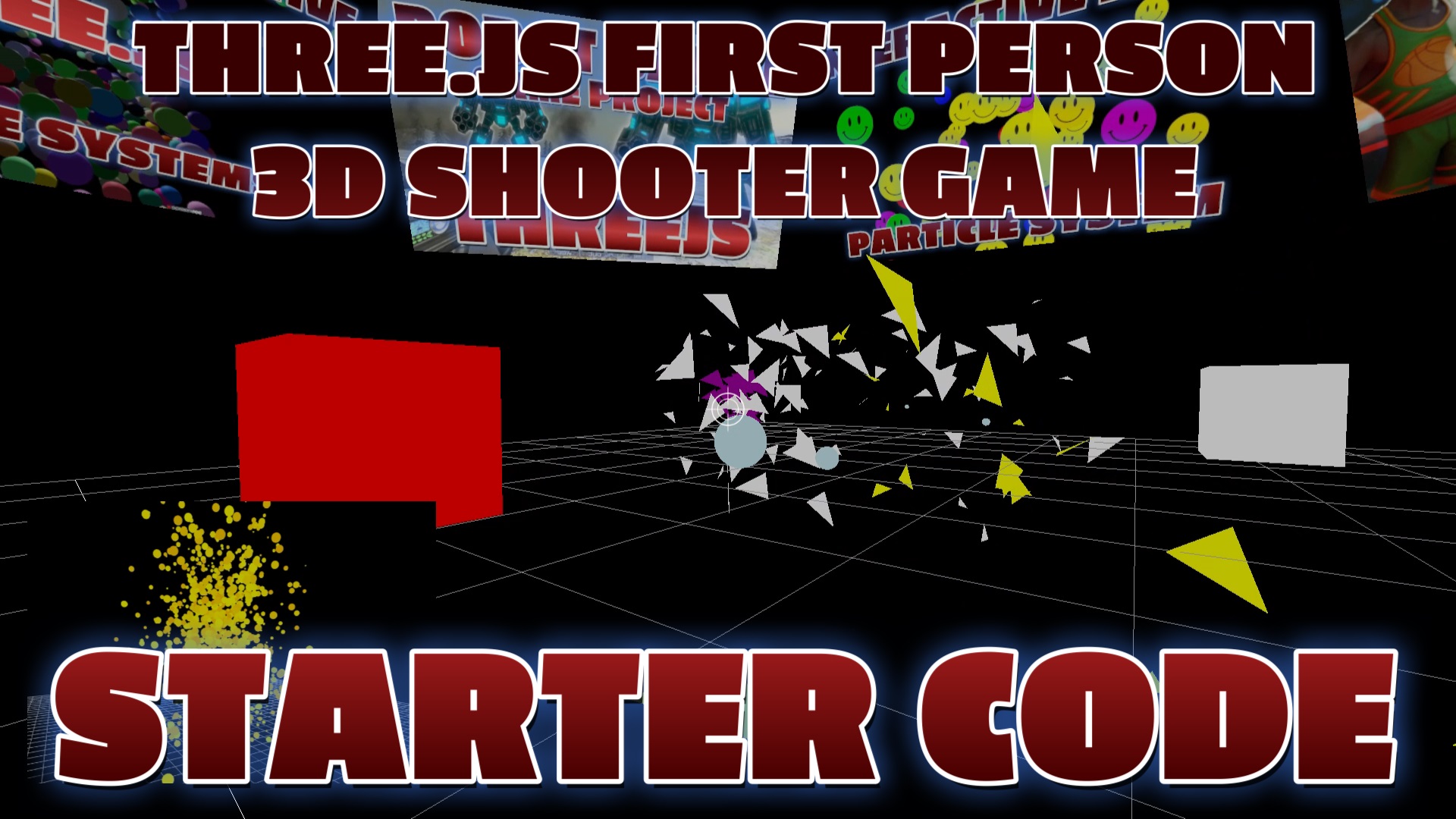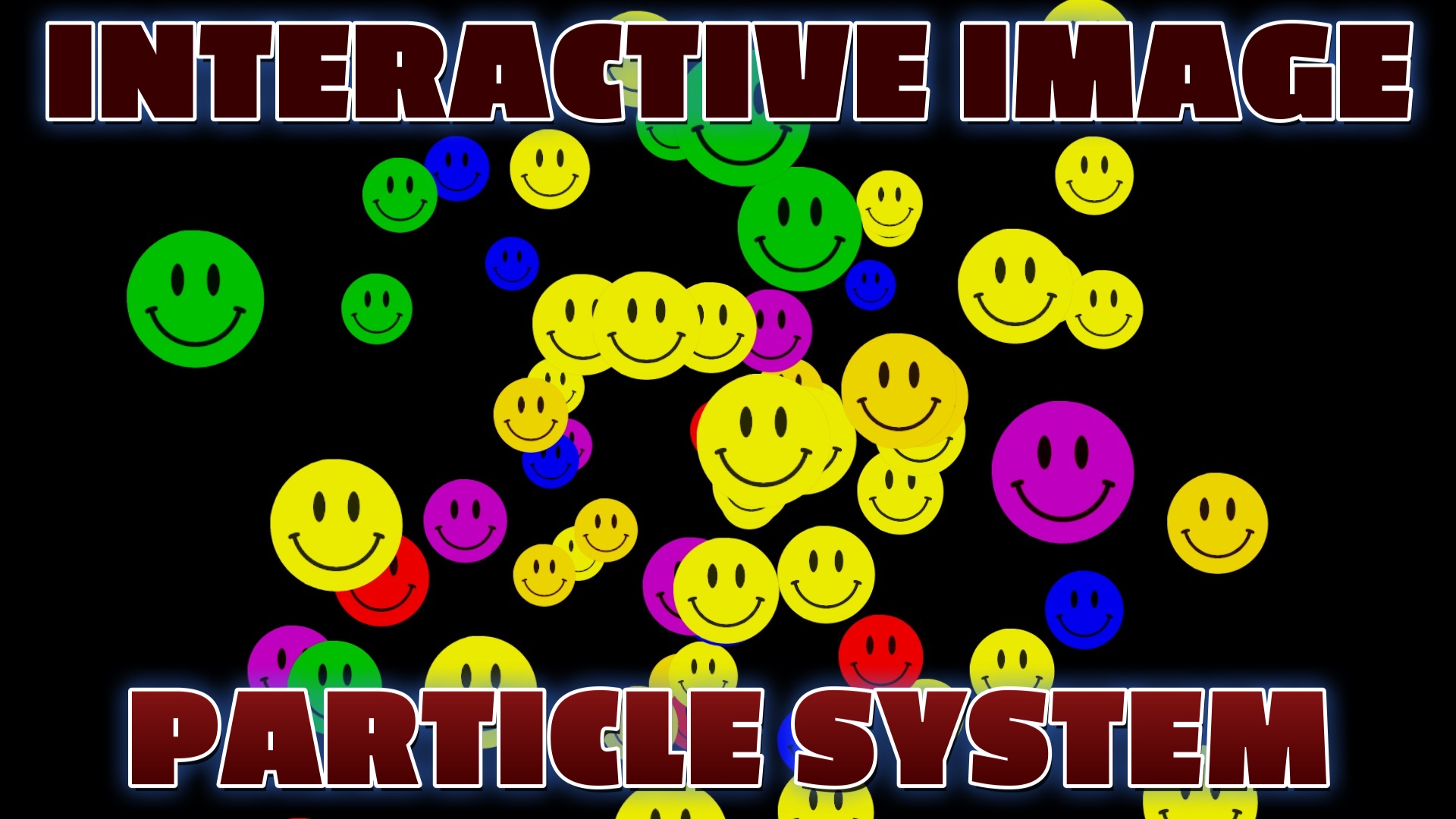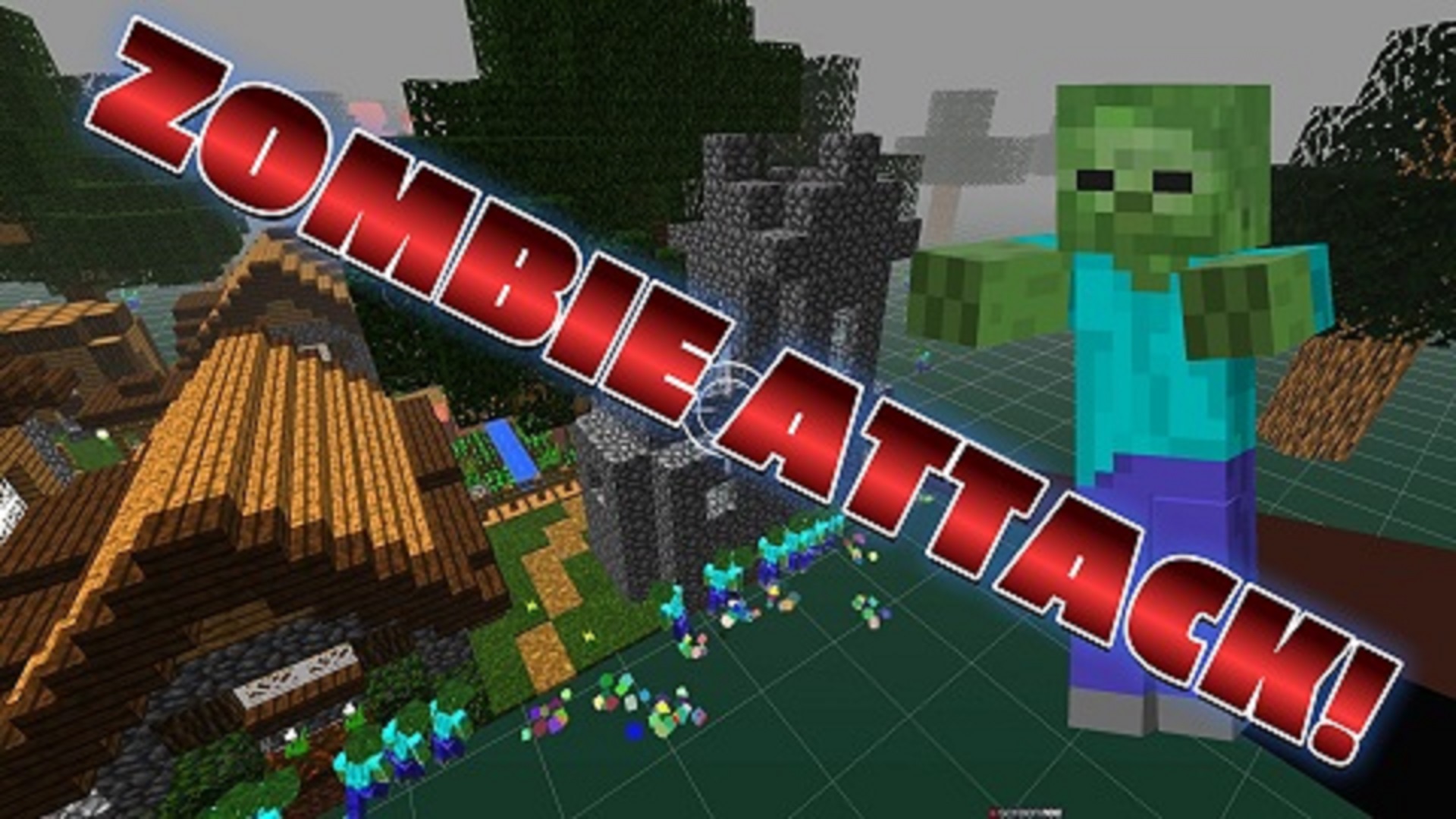Example Code & Demo
Using Three.js for 3D Object Collision Events
Three.js is a powerful JavaScript library that allows developers to create stunning 3D graphics and interactive experiences directly in the web browser. One of the key features of Three.js is its ability to handle collision events between 3D objects, enabling the creation of immersive games and realistic 3D visualizations on websites.
Example 3D Games Effects and Code
Understanding Collision Detection
In the world of 3D graphics and physics simulations, collision detection plays a crucial role. It involves determining when two or more objects intersect or collide with each other. This information is vital for creating realistic interactions between objects and enabling accurate physics simulations.
Collision detection algorithms typically involve analyzing the geometry of the objects involved, such as their position, size, and shape. By comparing these attributes, the collision detection system can detect collisions and trigger appropriate responses.
Using Three.js for Collision Detection
Three.js provides a set of powerful tools and functions for handling collision detection between 3D objects. Developers can utilize these tools to create engaging games, simulations, or visualizations that respond realistically to object collisions.
In the above example, we set up a scene, camera, and renderer using Three.js. We create multiple balls as 3D objects and add them to the scene. The update loop is responsible for updating the positions of the balls, checking for collisions between them, handling the collisions, and rendering the scene.
Implementing Collision Detection Logic
The collision detection logic within the update loop is where the magic happens. By calculating the distance between the balls and checking if it falls within a certain threshold, we can determine if a collision has occurred. Upon collision, we can update the direction or speed of the balls, change their colors, or trigger any other desired actions.
More complex collision detection algorithms can be implemented depending on the specific requirements of the application. For example, bounding volume hierarchies (BVH) or spatial partitioning techniques like octrees can be used to improve performance by reducing the number of pairwise collision checks.
Enhancing Games and 3D Visualizations
With the ability to program collision events in Three.js, developers can create captivating games that involve realistic object interactions. Whether it's a racing game with cars colliding, a puzzle game with bouncing objects, or a physics simulation with falling blocks, the possibilities are endless.
Furthermore, collision events can also greatly enhance 3D visualizations on websites. For example, in architectural visualizations, collision detection can be used to simulate object collisions and ensure that virtual objects behave realistically in a virtual environment. This level of interactivity and realism can greatly enhance user engagement and understanding.
When combined with other features of Three.js, such as lighting, textures, and shaders, collision events can create visually stunning and immersive experiences. Whether it's simulating the movement of particles, modeling fluid dynamics, or creating complex physics-based interactions, Three.js provides the necessary tools to bring these ideas to life.
Conclusion
Three.js empowers developers to go beyond simple 3D rendering and create dynamic, interactive experiences with collision events. By harnessing the collision detection capabilities of Three.js, developers can build engaging games, realistic simulations, and immersive visualizations that take full advantage of the third dimension.
Whether you're a game developer, a designer, or a creator of interactive experiences, Three.js opens up a world of possibilities for creating interactive and visually stunning 3D content on the web. Start exploring the potential of Three.js collision events and unleash your creativity today!
Recent Blog Posts & Updates
- Date - - Threejs
- Date - - Using Threejs To Develop Online 3D Browser Games
- Date - - Using Threejs Pointer Lock Controls For Online 3D Games
- Date - - The Advantages Of Creating 3D Interactive Menus And Websites Using Threejs
- Date - - Threejs Examples Exploring Interactive Visual Particle Systems
- Subscribe To My RSS Feed For Live Updates
- More Examples and Tutorials


